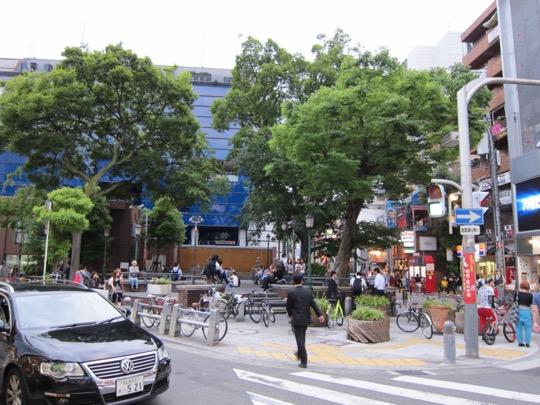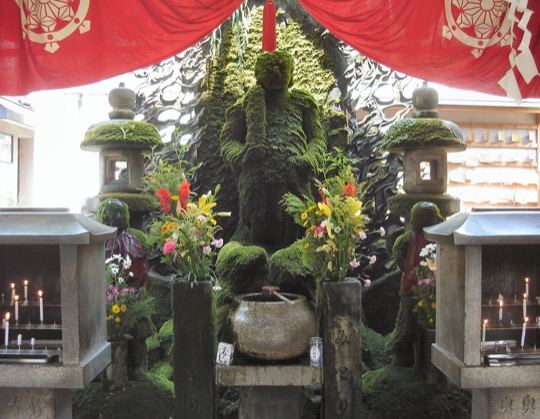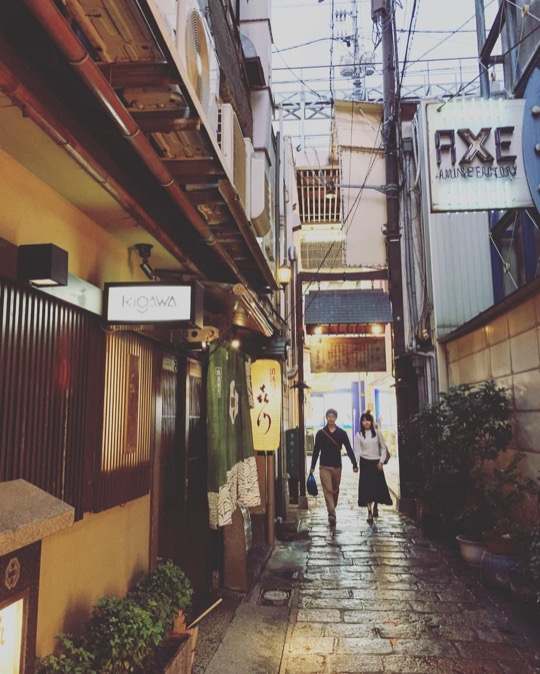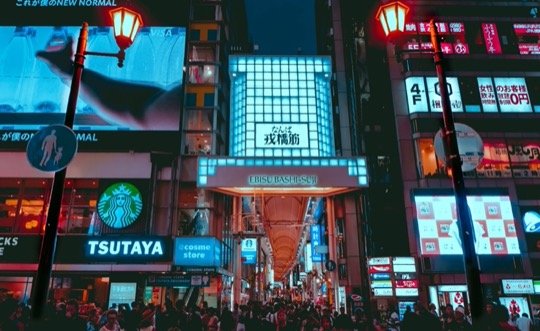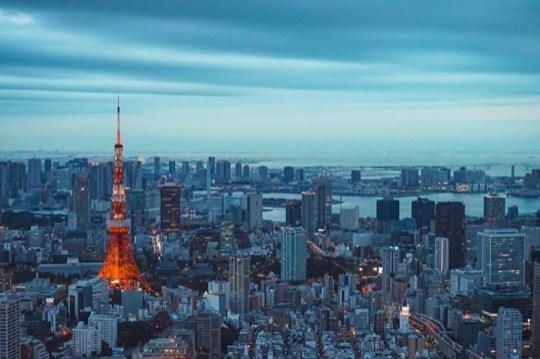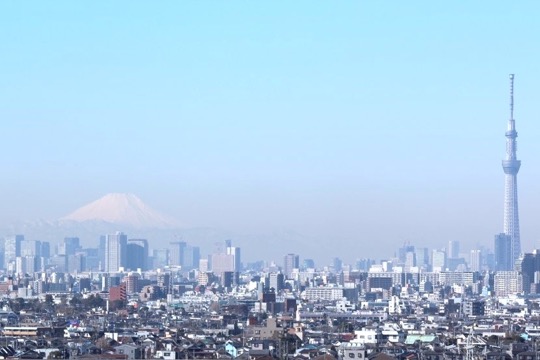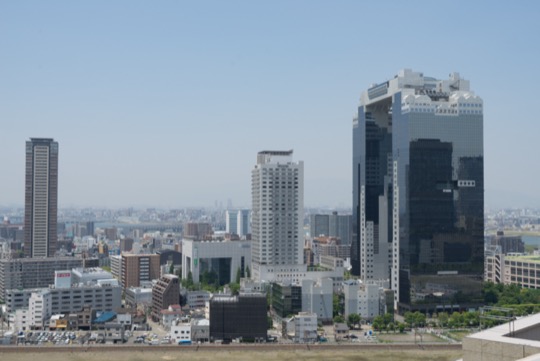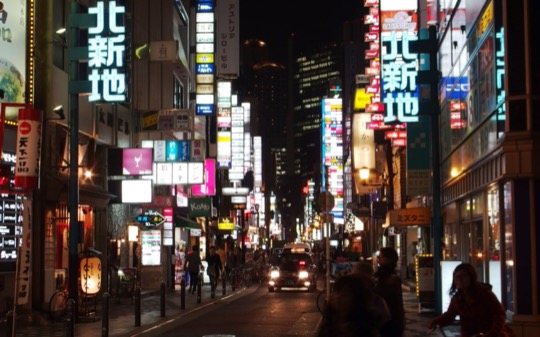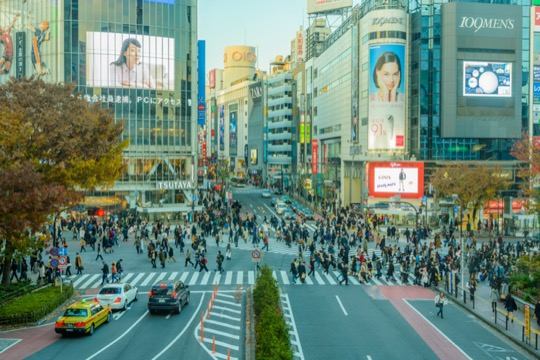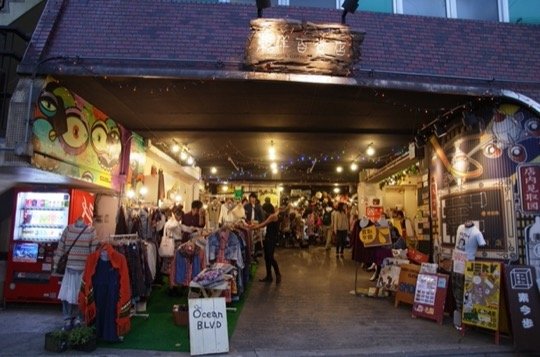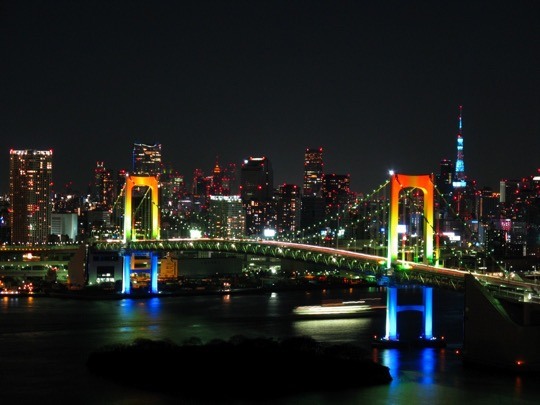Dotonbori
Iconic district combining rich entertainment history with glowing neon and culinary delights
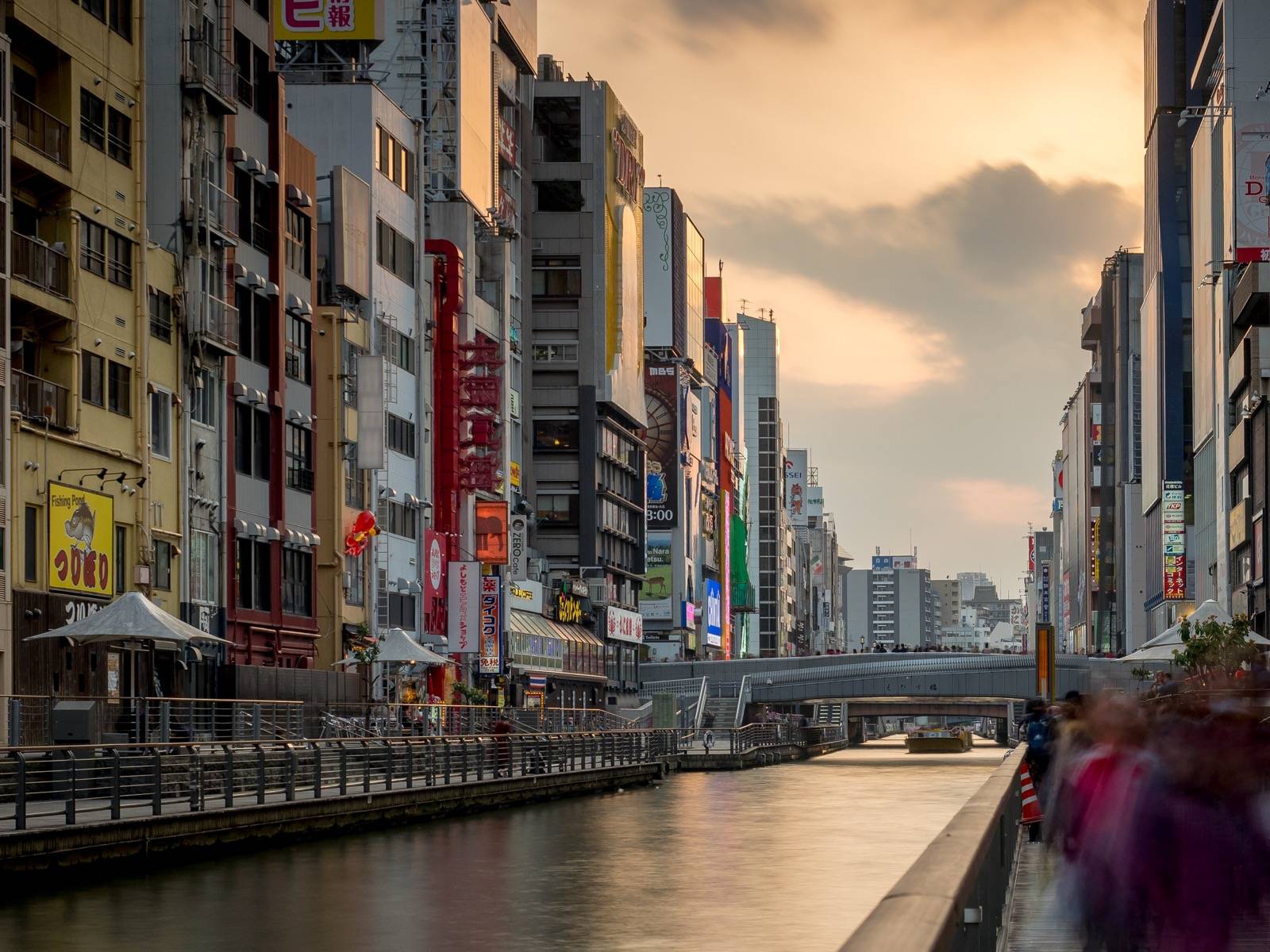
On This Page
Dotonbori is a celebrated street in Osaka, known for its entertainment, trademark neon signs, and variety of local cuisine. Originating in the 17th century, it reflects Osaka’s entertainment history and remains a magnet for food lovers and those seeking an energetic scene.
Established in the Edo period, Dotonbori evolved from an entertainment hub along a canal, integral for transport, into a vibrant center of nightlife and gastronomy. The canal, named for merchant Yasui Doton who orchestrated its construction, has witnessed the rise of theaters, tea houses, and bars catering to Osaka’s cultural connoisseurs.
The area’s charisma is captured by its flamboyant neon advertisements and animated store displays, with the Glico Running Man sign being a notable symbol since 1935. From the Ebisu Bridge, visitors can appreciate the canal, bordered by the radiant allure of Dotonbori’s signs.
Food enthusiasts can savor local dishes such as takoyaki, okonomiyaki, and sushi, embodying the “kuidaore” spirit of indulgent eating. While cuisine is a significant attraction, Dotonbori also offers street performances, including music and dance, continuing its theatrical legacy at venues like the Shochikuza Theater.
Dotonbori’s importance is not limited to entertainment; it has experienced redevelopment, underscoring its continued vitality.
A visit to Dotonbori is best in the evening, when it sparkles with life, though it is enticing all year round. While Dotonbori is the focal point, nearby, the Shinsaibashi area provides shopping, and secluded spots like Hozenji Yokocho offer tranquility.
To summarize, Dotonbori is a blend of Osaka’s historical entertainment culture and its current zest for food and light. It invites visitors to explore its rich narrative.
Curated Guide
Kyoto Day Trips
Beyond the Tour Bus Routes
Curated day trips to mountain shrines, tea districts, and historic towns, with an interactive map and detailed guides for each destination. We've done the research so you don't have to.
Official Links
Getting There the easiest way to reach Dotonbori
Around Dotonbori
Nearby in Osaka the best attractions close to Dotonbori
Hozenji Yokocho Alley
Experience the legacy of Edo in Osaka’s vibrant Namba district at Hozenji Yokocho.
Kamigata Ukiyoe Museum
Discover the Edo period’s cultural heritage through Kamigata Ukiyo-e prints
Orange Street
Experience the historic charm and contemporary flair of Osaka on Tachibana-dori
Shinsaibashisuji Shopping Streets
A historic shopping destination in Osaka, offering a mix of tradition and modernity.
